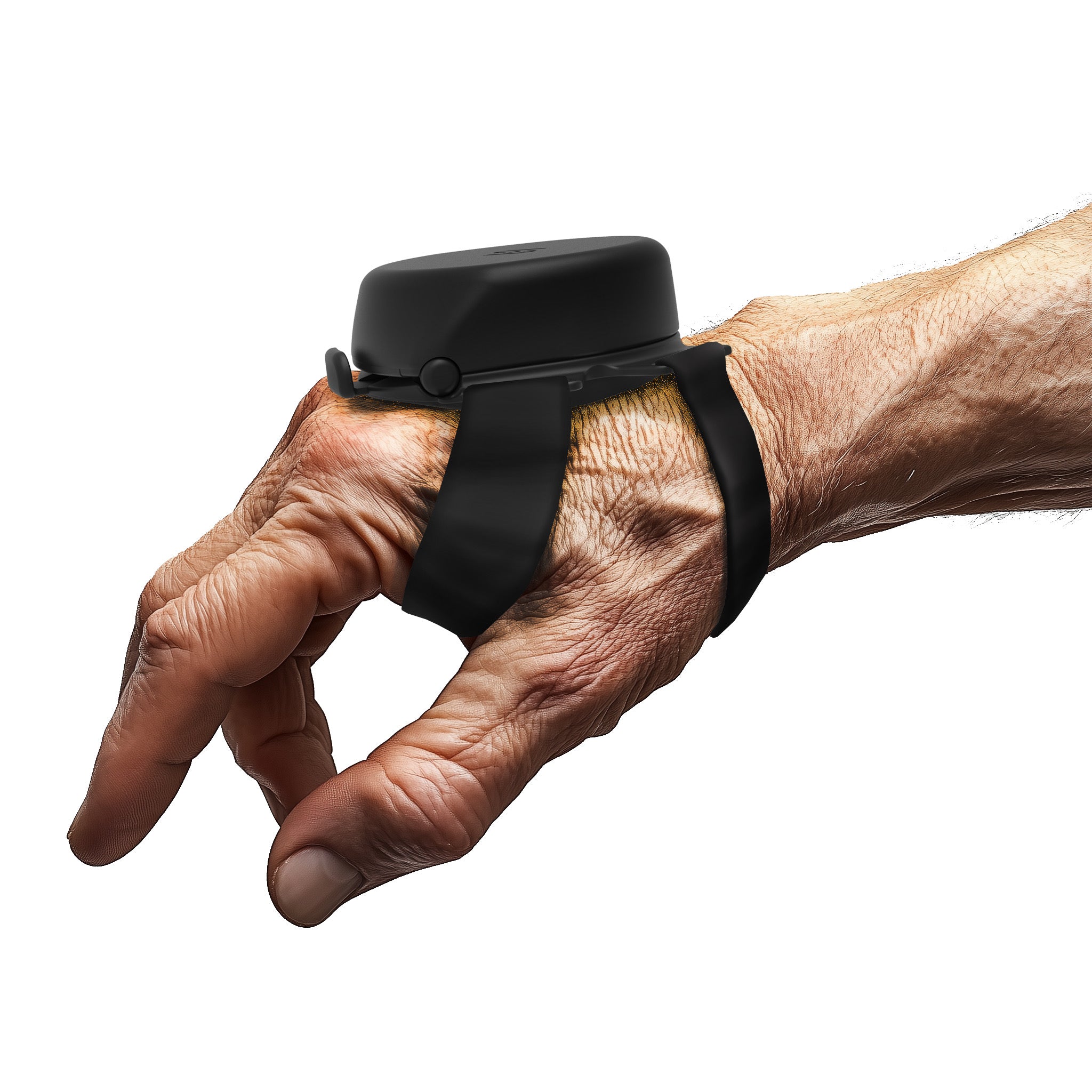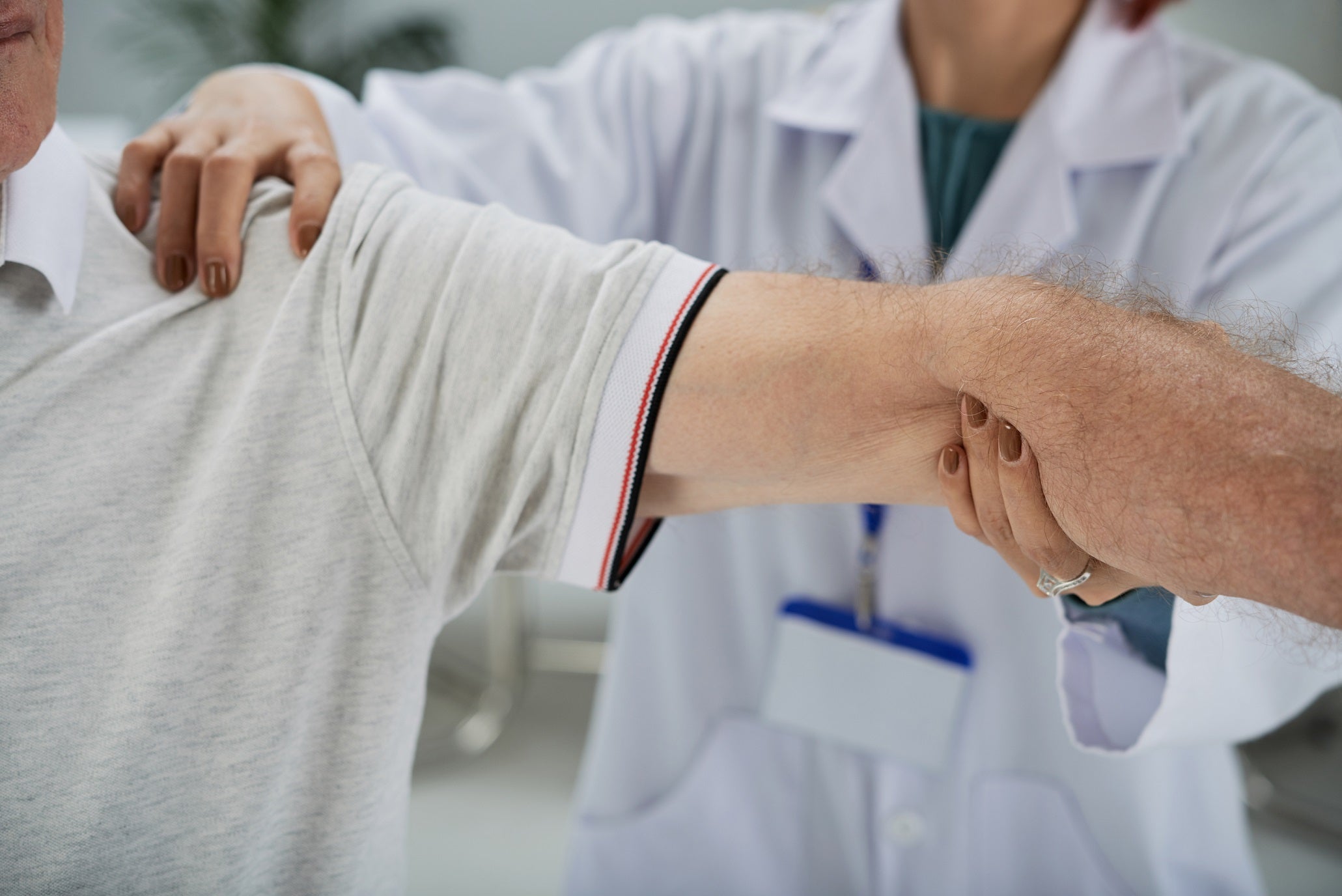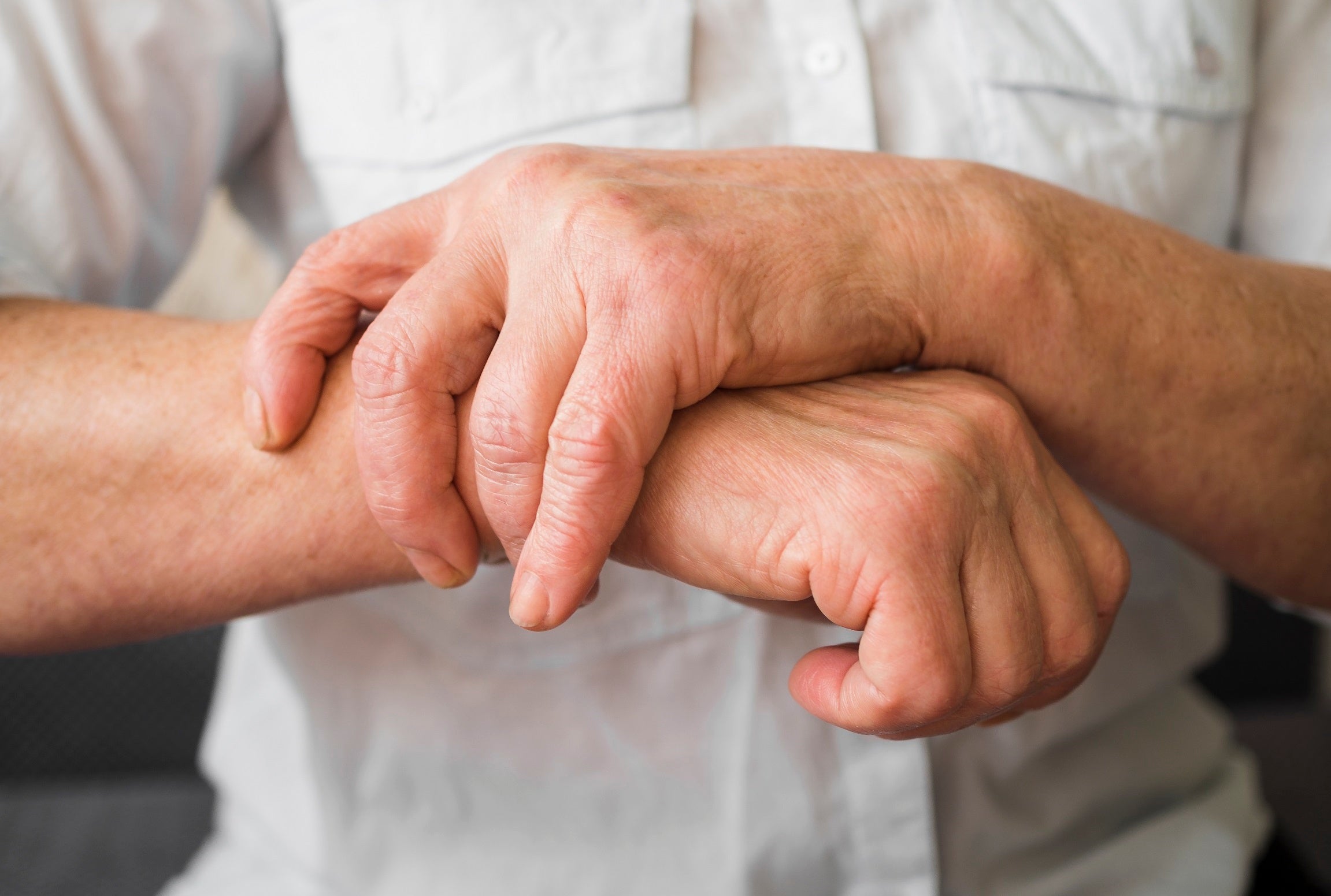Head tremors can cause serious problems for a person's everyday tasks, social interactions, and overall quality of life. The shaking head movements can be upsetting and disturbing, leading to annoyance, embarrassment, and even feelings of loneliness, regardless of how strong or intermittent they are. Through this blog, we aim to help patients better understand head tremor causes and provide useful insights into how to stop vibration in the head and explore effective coping strategies. By offering information and resources, we strive to support people in overcoming the challenges of head tremors and finding ways to manage them.
What Are Head Tremors?
Head tremors, also described as a “shaking head,” refer to involuntary or rhythmic movements of the head. These tremors can be horizontal (moving side to side), vertical (moving up and down), or a combination of both. Their intensity and frequency can vary widely. Head tremors can occur alone or alongside other symptoms and may indicate several underlying conditions. Common head tremor causes include Essential Tremor, Parkinson's Disease, dystonia, and certain medications. If you are wondering “why is my head shaking?” or “how to stop my head from shaking,” consulting a medical specialist is essential for accurate diagnosis and treatment.
What Causes Head Shaking?
There are several possible head tremor causes, including:
Essential Tremor
This is the most frequent cause of head tremors. Symptoms include involuntary shaking of the head, hands, or even voice. Triggers such as stress, fatigue, caffeine, or specific movements often make Essential Tremor worse. Because it can run in families, it is thought to have a hereditary component. Although not life-threatening, Essential Tremor can significantly affect day-to-day life.
Parkinson's Disease
Tremors related to Parkinson's often start on one side of the body and may eventually affect the head. A shaking head at rest can be an early sign. Non-motor symptoms, like mood swings or cognitive decline, may also appear.
Dystonia
Dystonia is a movement disorder characterized by muscle contractions that cause abnormal postures or repetitive movements. This can lead to twisting motions or head shaking that may occur sporadically or continuously.
Medications
Certain drugs, especially those affecting the nervous system, can trigger tremors as a side effect. Adjusting or stopping medication (under medical guidance) can sometimes reduce head tremors.
How to Stop Involuntary Head Shaking?
If you’re searching for “how to stop vibration in the head” or wondering “how to stop my head from shaking”, treatment depends on the underlying cause. Here are some options:
Consult a Healthcare Professional
Head tremors can signal more serious conditions. A neurologist or movement disorder specialist can identify head tremor causes through medical history, physical exams, and imaging tests. A professional evaluation is the first step toward finding the right treatment.
Medications
-
For Essential Tremors: Beta-blockers (like propranolol) and anticonvulsants (like primidone) are commonly prescribed to reduce shaking.
-
For Parkinson’s Disease: Medications such as levodopa or dopamine agonists may help reduce tremors.
Physical Therapy
Physical therapy can significantly enhance balance, coordination, and posture, which in turn helps to reduce the impact of head shaking during daily activities. By focusing on specific exercises and techniques, individuals can strengthen their muscles and improve their motor control. This not only makes tasks easier but also boosts confidence in movement, allowing for a more active and fulfilling lifestyle.
Occupational Therapy
Occupational therapy plays a vital role in supporting individuals with head tremors by helping them adapt to their daily activities. Through personalized therapy sessions, individuals can learn strategies to cope with their tremors and discover additional techniques to enhance their daily routines. With the right combination of assistive devices and tailored therapeutic approaches, occupations that once posed challenges can become more manageable, ultimately fostering a greater sense of independence and well-being for those experiencing head tremors.
Regain Control with the Steadi-3 by Steadiwear
The Steadi-3 by Steadiwear is an innovative, battery-free glove designed to help individuals manage hand tremors caused by Essential Tremor or Parkinson’s Disease. Engineered with adaptive stabilization technology, this Class I medical device automatically responds to the user's tremor intensity in real-time, without the need for charging or electronic components. Lightweight and discreet, the Steadi-3 offers a comfortable, all-day solution for those seeking greater control in their daily lives. Whether you're writing, holding utensils, or using a phone, the Steadi-3 works to reduce tremor amplitude and help restore functional independence.
Developed through extensive research and tested in clinical environments, the Steadi-3 represents a breakthrough in tremor management. It’s built with premium materials, features adjustable straps for a custom fit, and is backed by a one-year warranty and 30-day trial. While it is not a cure, the Steadi-3 provides a meaningful way to cope with the challenges of tremor-related conditions. For anyone navigating life with Essential Tremor or Parkinson’s Disease, the Steadi-3 offers a practical, evidence-based option to support improved daily function, no batteries, no maintenance, just smart mechanical support.
In Conclusion
Living with head tremors can feel overwhelming, but it’s important to know that support and treatment options are available. By understanding head tremor causes and exploring ways to manage symptoms, individuals can reduce the impact of shaking head movements on daily life. The best step forward is to consult a healthcare professional to discuss personalized strategies for how to stop vibration in the head and improve quality of life.



